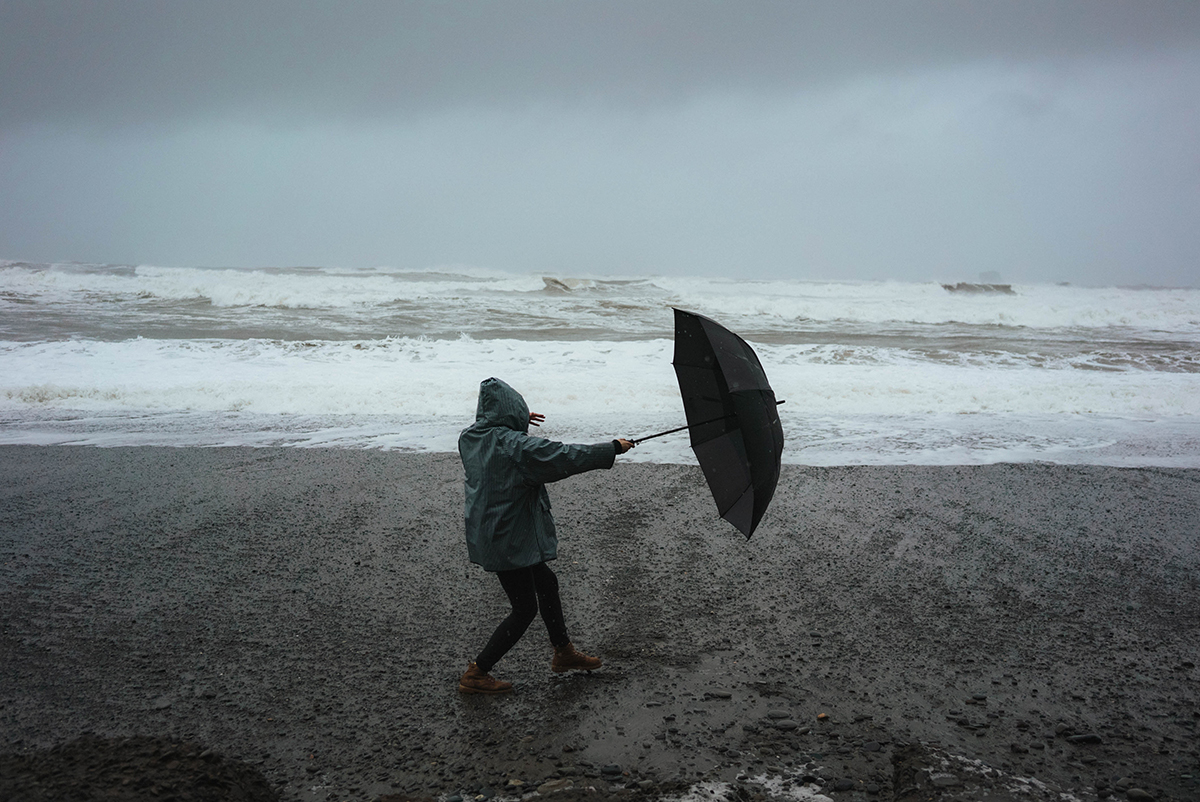
Having access to savings can be vital when an emergency strikes. But making the most of your savings by earning interest can also help you get ahead financially. Discover ways to help your savings grow without leaving yourself stuck for extra cash.
Last year our FPA Money & Life Tracker: Covid edition survey asked over 2,000 Australians how the pandemic has made a difference to their finances and how they think about money. 70 per cent of people surveyed say they could have done better to improve their financial position before COVID and one in five said they could have put cash aside for a rainy day. And the number one financial concern people have since COVID hit is the depletion of their savings.
Based on these findings, it seems we have learned a lesson about the importance of having savings available when things don’t go according to plan “If COVID-19 has taught us anything it’s to always be prepared for the unexpected,” says Georgie Savage AFP® from Shadforth Financial Group. “Having a savings ‘safety net’ to be able to access during tough times and reduce stress managing day-to-day living expenses is an important take out from 2020 for all Australians.”
But if you’re trying to get a good return and have instant access to your money, the historically low interest rates on savings accounts leaves you with limited options. Since the last rate cut in November 2020, the Reserve Bank of Australia cash rate of 0.10% is the lowest it’s ever been.
To make the most of your savings without locking your money away altogether, using a strategy that spreads your money across different accounts and solutions could be a better approach. Here are four options for your savings, each with their pros and cons for rates of return, access and risk:
1. Shop around for a savings account
For instant access to your money, there are plenty of savings accounts around. Some offer higher introductory rates so you can earn more interest for a limited time when opening a new account. Others will provide a bonus interest rate if you meet certain conditions such as depositing a minimum amount into the account each month or keeping your balance above a minimum level.
Different banks and authorised deposit-taking institutions (ADIs) will offer a variety of rates and terms so it’s well worth shopping around for an account that suits your savings habits. Try to find one which doesn’t charge account fees so you’re not losing any of your savings in fees.
Bear in mind that rates and terms offered for different accounts will change. Doing a comparison and switching on a regular basis will take time but could be your best option for getting instant access and a higher interest rate on your savings.
Find out more about comparing Savings Accounts on the Moneysmart website
2. Term deposits
Term deposits generally offer slightly higher interest rates than a regular savings account, but they come with a catch. You agree to deposit your savings for a fixed number of years (or months) at a fixed rate of interest. If you withdraw some or all of your money during that time, you’ll pay a penalty for early access. So term deposits are a good option if you’re confident that you won’t need your savings for the agreed term.
As with savings accounts, there are lots of different term deposits to choose from. As you compare them, look at things like how long the term is, whether there’s a minimum amount you need to deposit and what their rates are for different balances.
Find out more about comparing Term Deposits on the Moneysmart website.
3. Mortgage offset account/redraw
If you have a mortgage, it may work out better for you to use an offset account or redraw facility for some of your savings. Paying less interest on your mortgage could save you more than the interest you’ll earn on a regular savings account and you’ll still have instant access to the money if you should need it. But bear in mind that having these features as part of your home loan can cost you more in fees. So it’s a good idea to calculate whether the savings you’ll make on your interest will add up to more than the fees you’ll pay.
4. Investing your savings
There are plenty of options for investing your money to earn a potentially higher return than you can expect from a savings account or a term deposit. However, all investments come with some degree of risk that you could lose some of the money you invest. And for some types of investments you may benefit from higher returns if you can leave your money invested for longer.
With some investment assets – like buying an investment property, for example – it can take time to sell if you need the cash. Other investments, like shares, that you can sell straightaway but their value can go up as well as down. If you find yourself needing to sell when your asset is worth less, you could end up with less money than you started with.
Before investing money in any type of asset, it’s important to understand some key investment concepts. To help you develop and follow an investment strategy that’s right for your goals and situation. Get in touch today and see how we can help you set up an investment strategy to help you save for a rainy day.
Looking for ways to save more for a rainy day? Find out how to boost your savings with money and life’s how to save money guide.
*Source Money and Life
Latest News Articles
Back to Latest News
End-of-Year Money Checklist: 10 Things To Do Before NYE

Redundancies in Australia Rising Quietly in White-Collar Sectors


